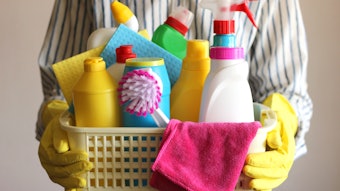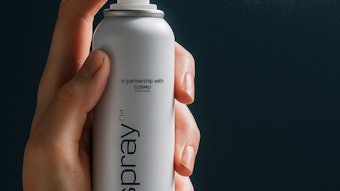As opposed to other labelling rules that relate only to intentionally added ingredients, the requirement to label these 26 purportedly allergenic materials will depend on their concentrations in the cosmetic products regardless of whether they have entered the product by direct addition or as constituents of essential oils, natural extracts or even as impurities in synthetic ingredients. Rules such as these can only be adhered to and policed if there exist reliable validated analytical methods for quantifying the presence of these substances.
For this reason, the International Fragrance Association (IFRA) has set up a working group on analytical methods in order to develop analytical techniques that not only meet these requirements but are also accessible to the technical resources of most manufacturers in the industry. Efforts were made through this association and the European Flavour and Fragrance Association (EFFA) to ensure that the result of this collective effort could also be of benefit to others. In particular, a close collaboration with the European Centre for Standardization (CEN) has been made by one of the present authors (A. Chaintreau) on behalf of EFFA. It is hoped also that through these efforts, other analytical chemists such as those working for consumer protection groups, will be made aware of some of the potential errors that can be made when less reliable methods are used.










